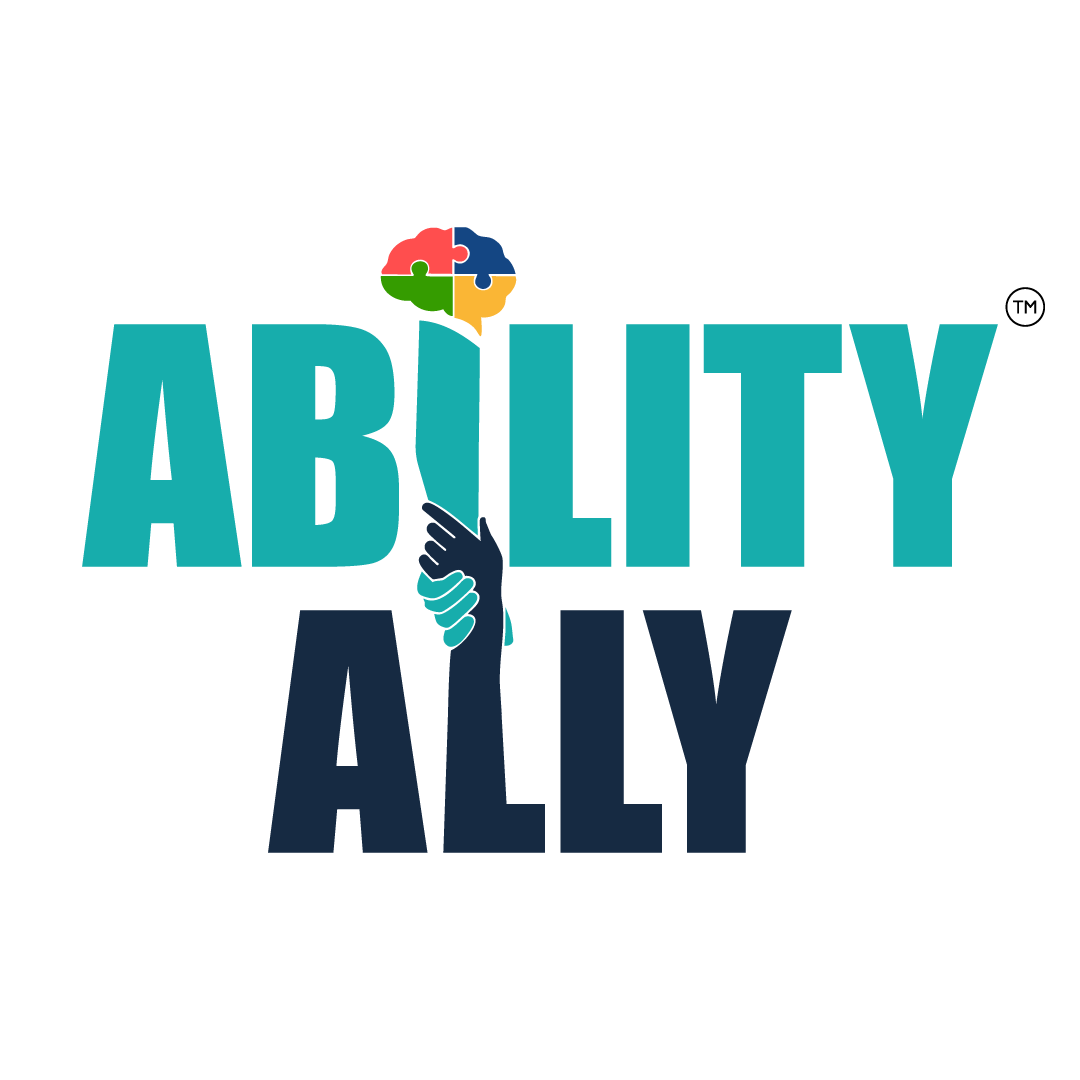Movement is far more than just keeping the body healthy—it is a vital component in shaping the brain, particularly in early childhood development and for children with special needs. Through movement, neural connections are formed, cognitive abilities are enhanced, and emotional well-being is supported. Let’s take a closer look at why movement is so essential for neurodevelopment.
1. Movement Builds Neural Pathways
During early development, the brain is rapidly forming neural connections that serve as the foundation for learning and behavior. Physical activity stimulates the brain’s motor cortex and sensory systems, helping to strengthen these crucial connections.
Key Benefits:
- Neuroplasticity: Physical movement encourages the brain’s ability to adapt and reorganize, forming new neural pathways.
- Integration of Sensory Input: Activities like jumping, crawling, and balancing help the brain process and integrate sensory information.
Example: Crawling activates both sides of the body and brain, improving coordination and bilateral integration, which are essential for skills like reading and writing.
2. Gross and Fine Motor Skill Development
Physical activity helps children refine their motor skills, which are critical for everyday tasks and overall development.
- Gross Motor Skills: Activities like running, jumping, and climbing strengthen large muscle groups and improve balance.
- Fine Motor Skills: Tasks such as throwing a ball or stacking blocks enhance hand-eye coordination and dexterity.
Why It Matters: Motor development directly impacts a child’s ability to explore their environment, interact with peers, and build independence.
3. Boosts Cognitive Function
The connection between movement and cognitive development is well-documented. Physical activity improves memory, attention, and problem-solving skills by increasing blood flow and oxygen to the brain.
Key Points:
- Executive Function: Activities that involve planning, sequencing, and decision-making—such as obstacle courses—enhance cognitive flexibility and self-regulation.
- Learning Readiness: Physical activity primes the brain for learning by reducing stress and increasing focus.
Example: Studies show that children who engage in regular physical activity perform better academically because movement helps with concentration and mental clarity.
4. Supports Emotional Regulation
Physical activity has a calming effect on the nervous system, making it an excellent tool for managing emotions.
Key Benefits:
- Releases endorphins, which improve mood and reduce anxiety.
- Provides sensory input that can help children self-soothe and regulate overstimulation.
- Builds confidence through mastery of physical challenges.
Example: Rhythmic activities, like swinging or bouncing, can help children with autism or ADHD feel more grounded and focused.
5. Encourages Social Interaction
Group activities that involve movement foster communication, cooperation, and social skills.
Key Benefits:
- Teaches turn-taking and sharing.
- Encourages peer bonding through shared goals.
- Builds empathy as children learn to work together.
Example: Adapted team sports or group dance activities can help children with special needs feel included and valued, supporting their social development.
How to Incorporate Movement for Neurodevelopment
Here are some practical ways to integrate movement to support neurodevelopment:
- Start Simple: Encourage basic movements like crawling, walking, and climbing.
- Focus on Play: Use games and activities that align with the child’s interests.
- Adapt Activities: Modify exercises to suit the child’s abilities and sensory preferences.
- Create a Routine: Regular physical activity reinforces its benefits and builds lasting habits.
- Engage the Whole Body: Activities that cross the midline (e.g., touching the left hand to the right foot) promote brain hemisphere integration.
Conclusion
Movement is much more than just physical exercise—it is a cornerstone of brain development and emotional well-being, especially for children with special needs. By incorporating intentional, engaging, and adaptable physical activities, we can support children’s growth, learning, and independence. Movement truly is a building block for a brighter future.
